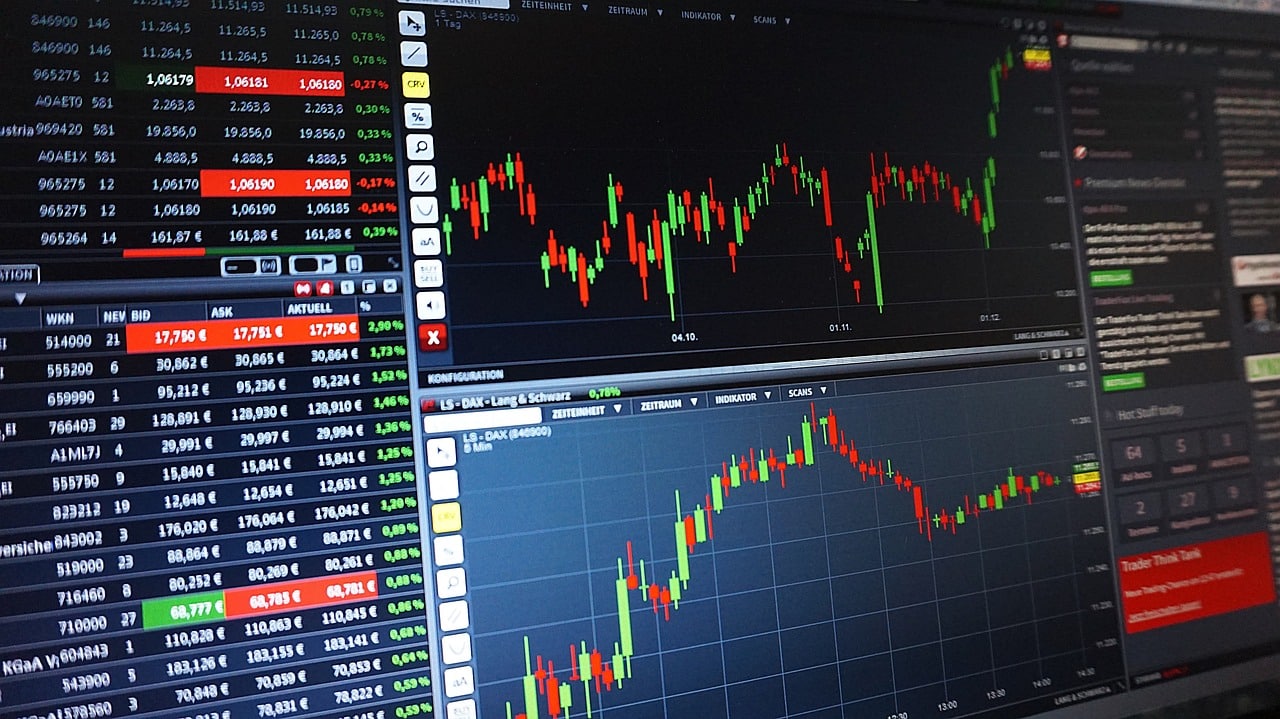OpenSea has, for years, enjoyed its status as the top dog in NFT trading. However, tables have turned, and Blur, the newest NFT marketplace on the scene, is giving OpenSea a run for its money.
BitcoinCasinos.com has followed the trading volumes of two NFT trading platforms over the year’s first three months. Research findings revealed a 57.44% Blur dominance on the market, thanks to the total trading volume of $2.71 bn in Q1. This impressive performance indicates a 750% increase in volume.
According to the site’s betting expert, Edith Reads, the competition is healthy, but the market needs to be wary. “While Blur’s performance in the last quarter is impressive, we must remember that the market needs solutions built for everyone and not just one demographic. It’ll be interesting to see how things eventually pan out in the NFT marketplace.”
$BLUR Token Sets the Marketplace Apart
Launched in October 2022, Blur took only a few months to dethrone the undisputed NFT marketplace, OpenSea, bringing some much-needed competition into the scope.
From the onset, the two marketplaces have distinct differences, some of which make Blur stand out from other alternatives. First off, the two platforms have different target audiences. While OpenSea was established to cater to just about anyone wanting to trade NFTs, Blur focuses on professional traders.
The platform uses an incentivized-trading model to attract whale traders. On 14th February, the platform launched its native token, $BLUR, via airdrops which propelled the marketplace to a 53% dominance just months after its launch. Blur promises future airdrops for the platform’s users, with $300 million set aside for the next ‘season’ of give outs.
Blur’s use of loyalty scores has also spurred the platform’s growth. NFT traders receive loyalty scores based on their activity on the platform, which later translate into $BLUR tokens.
Is Blur’s Marketplace Model Ideal in the Long Run?
While the numbers tell of a contented, growing user base, Edith Reads isn’t entirely too pleased. She argues that Blur’s model is focused on short-term gains rather than the ecosystem’s sustainability over time.
She adds that the loyalty program, although impressive, was not an assured measure of the marketplace’s loyalty base. If another marketplace offers better financial incentives for the traders, the wallets behind Blur’s rise to fame would undoubtedly jump ship.
And seeing as more than half of its volume comes from less than 300 wallets, another marketplace could pose a significant risk to Blur’s growth.
Still, the emergence of a different marketplace has certainly raised the heat on OpenSea’s side. In response to the competition, OpenSea announced it was moving to optional creator earnings after earlier stripping royalties on new collections without on-chain enforcements. It also confirmed that marketplaces with similar policies would not be blocked.
That said, NFT traders will have to choose between the two, according to Blur’s blog post on 15th February, as they cannot earn royalties from both platforms.
